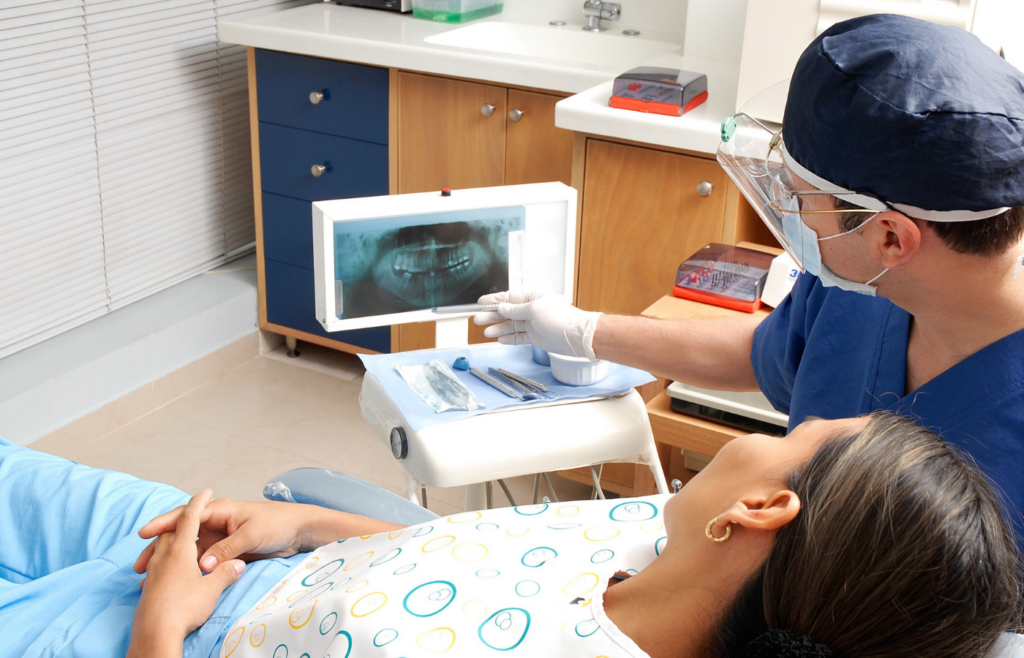Bone and Gum Grafting Erin Mills - Onyx Dental
Bone and Gum Grafting Erin Mills - Onyx Dental
Periodontal Bone Graft Services
You may not think about your gums and bones very often, but it’s a key player in what you say and do every day. If the health of your bone and gums declines due to an unhealthy lifestyle or even just age-related changes, tooth loss can occur and result in serious consequences for both how we look and how we function day to day.
Tooth loss and gum disease are the most common problems with bone health. These issues can lead to many other complications, such as jaw trauma or misalignment that causes tooth decay. Contact Onyx Dental to schedule your evaluation for bone and gum graft services today!
When Might You Need a Dental Bone Graft?
It is possible that a bone graft may be needed if you are planning to replace your lost tooth with an implant. In order for the dental implant treatment to be successful, healthy bone is required so they can support properly in place.
With bone loss and other complications, some procedures can still be performed even if you have had your teeth worked on in the past. That is not always an option for implants though – your dentist will work with you to find what is best suited to your individual needs.

Types of Bone Grafting

There are a couple different types of bone grafts that your dentist may recommend depending on the exact nature of your problems. These include minor bone grafting procedures and major bone grafting procedures.
Depending on the type of procedure, bone grafting may be done at the same time as placement of the dental implant, however for larger grafting procedures it may require two separate visits.
Bone grafts can be placed to make the bone thicker and stronger to help stabilize the dental implants. If it is an upper tooth we may need to do a sinus lifting bone graft to add height to stabilize the dental implants.
Reasons for Gum Grafting
Enhanced Comfort
Root exposure can be extremely painful and uncomfortable. Foods that are hot, cold, or even warm can cause pain. Soft tissue grafts hide the exposed root, reduce sensitivity, and repair the gum tissue's health.
Improved Aesthetics
Gum recession brought on by periodontal disease can make the teeth look unequal in size or make the grin look "toothy." As a cosmetic technique, soft tissue grafting can be performed to re-enhance the gums and stop further recession, which would make the smile appear less asymmetrical.
Better Gum Health
Soft tissue can be swiftly destroyed by the development of periodontal disease. Soft tissue grafting can stop bone and tissue loss when combined with deep cleaning operations, as well as shield exposed roots from future exposure and related issues.
There are numerous therapies that may be carried out before gum grafting surgery after the need for it has been identified. The teeth must first be properly cleaned above and below the gum to get rid of germs and calculus (tartar). The dentist can also give patients pamphlets, suggestions, and instructional materials to improve the efficiency of at-home care and lower their risk of developing periodontal disease in the future.
To reduce patient anxiety, the gum grafting treatment is typically carried out using local anesthesia and oral sedative. Whether the tissue is taken from the patient’s palate or a synthetic material will be determined by the exact technique.
Who is at Risk for Periodontal Disease or Gum Recession?
Gum recession and periodontitis are major concerns for many people, and they can cause serious dental problems. The tissue surrounding your teeth begins to pull away exposing the roots of whichever tooth has gone untreated, leading not only to an increased risk of infection, but also potential tooth or bone loss.
Gum surgery isn’t always the first method of treatment for receding gums. Your dentist may prescribe medication in less serious cases.
Gum recession is an issue that many people face. If you show signs of severe gum loss, your periodontist may suggest a graft to stop the damage and protect against losing teeth or bone structure in this area.
- Smoking
- Diabetes
- Hormonal Changes
- Heredity
- Plaque Buildup
- Hard Brushing
Types of Gum Grafting Surgery
Connective Tissue Graft


Free Gingival Graft
Pedicle Graft

Types of Gum Grafting Surgery
Connective Tissue Graft

Free Gingival Graft

Pedicle Graft

Am I a Good Candidate for Soft Tissue Grafting?

Have you ever had to skip medical procedures like surgery or other treatments because of a pre-existing condition? Have you ever missed out on the chance to fix your teeth and gums because you couldn’t see the advantages? Do you question if a procedure like this is appropriate for you at this moment in your life? You are not alone. These are the kinds of inquiries that are common. All of these questions, as well as others, will be addressed by us.
Many people spend their days debating whether or not they would make good candidates for gum transplant surgery. They fear that periodontal disease or poor oral hygiene have damaged their gums beyond repair.
Frequently Asked Questions
Soft tissue grafting is an easy surgery that should cause the patient little discomfort. A periodontist may typically do a gum graft procedure in as little as 90 minutes. The post-operative suture removal and subsequent sessions will both be very brief.
You won’t ever need to fear because soft tissue transplants have a high success rate. However, a gum graft’s sustained effectiveness is not just dependent on your dentists skill; each patient must remain diligent throughout the healing process. As a result, your grafts will heal as intended.
After surgery, you might want to start brushing and flossing again as soon as you can. We encourage patients to maintain proper dental hygiene, although we caution them against doing so without taking care not to damage the area where work was done. Brushing or flossing too vigorously could damage the surgery site and destroy all the hard work your oral surgeon put into it.
After the initial six-week healing phase, you ought to be able to brush and floss as usual. Your graft will feel astonishingly natural, and your receded gums will vanish. In order to prevent more gum-related problems, we advise maintaining a strict and healthy hygiene practice.
For the bone graft to be sturdy enough to sustain a dental implant, it must recover for at least four to six months.
The extraction and the bone graft and membrane placement should ideally take place during the same appointment. The patient must then recover for four months. The implant, which is simply a titanium screw, is then inserted, and it needs to heal for at least four months. We then uncover the implant and give it about a month to recuperate. Our lab spends approximately a month refining the crown while you are recovering.
Yes. A temporary can be made as a single false tooth on a retainer or as a thin, clear mouth guard with fake teeth inside of it. It might not be essential to make that temporary if the missing tooth is toward the rear of the mouth because it won’t be visible when the patient smiles.
Patients can attend to work, school, or wherever else without having a gap in their smile thanks to the temporary teeth. Since it is only for aesthetic reasons and won’t support chewing or biting, they would need to take it off before eating anything.
Novocain injections can be given to the patient while they are still conscious. They will feel pressure on them briefly, followed by a brief vibration when we place the implant, which will feel like a filling.
For more serious procedures, patients may be provided with a sedative such as valium or nitrous oxide to alleviate their stress and/or pain during the procedure. General anesthetic is typically only reserved for very extreme cases.
The mouth is the most bacteria-laden part of the human body, and despite our best efforts, infection can still develop after a bone graft.
Although not precisely a failure, the bone graft may degrade in the body more quickly than it can heal, necessitating another graft so that you have enough.
The bone graft could potentially be outright rejected by the body, in which case we would need to clear it out and stop adding anything to the area so the body could heal the hole naturally.
Contact us to learn more about our gum graft services in Erin Mills, ON
At our surgical dentistry practice in Erin Mills, ON, we believe that a patient’s smile is the most important thing in their life. Our goal for you and your teeth will always be to help you feel confident with how they look after every procedure! To schedule an initial consultation call us today on (905) 567-4999.
Just a Few Reasons Why Patients Love Us
Affordable Pricing
At Onyx Dental we believe everybody should have access to proper dental care which is why we proudly offer affordable pricing for the entire family. Most insurance types are accepted. From teeth whitening to a tooth extraction we got you covered!
Our Qualifications
Dr. Malhi is completed extensive education with the Academy of General Dentistry, and the Implant Residency with The institute of Dental Excellence. He is also a member of the Ontario Dental Association, Halton Peel Dental Association, and the Royal College of Dental Surgeons.
Itero Scanner Technology
The iTero Element 5D scanner uses powerful imaging technology to achieve accurate color scans in real time! You can see a simulated outcome of your treatment instantly.
Dental Technology
We are always striving to provide outstanding dental services, which is why you can find our office filled with state-of the art technology and equipment. We make sure that we're up on all of latest advances in dentistry so your experience here will be amazing!


